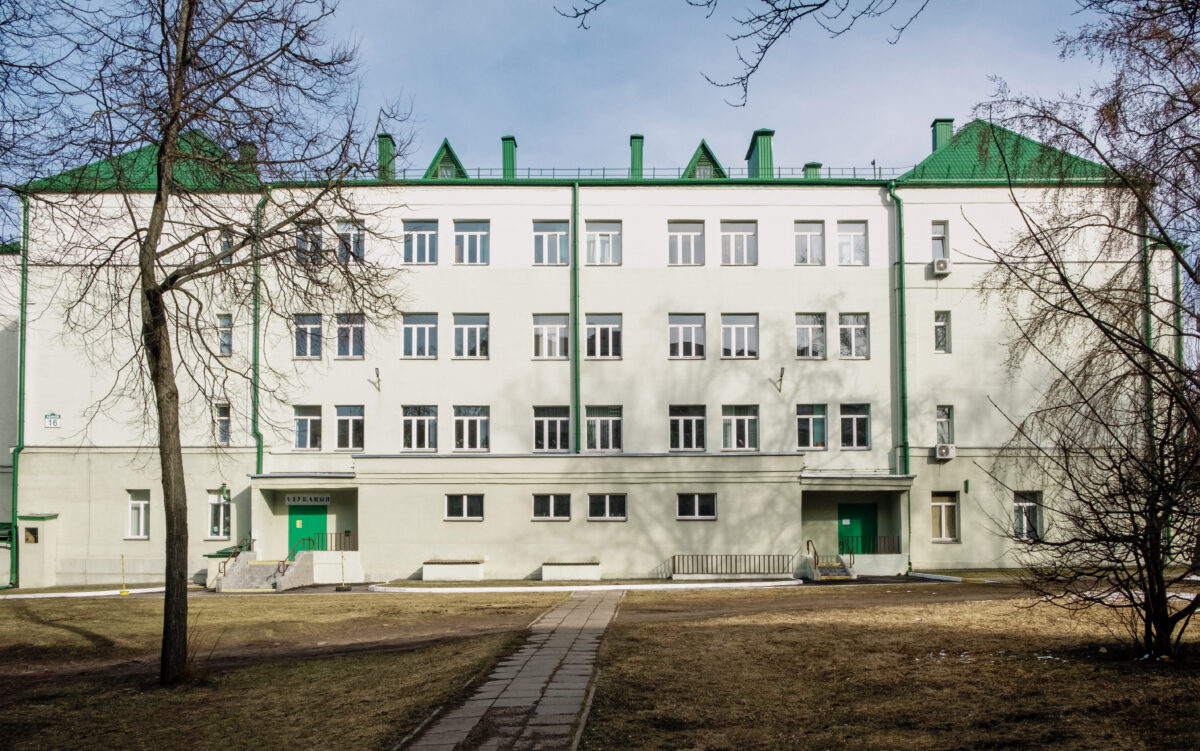A memorial plaque on Ramanauskaya Slabada Street, installed in 1991, is dedicated to the Jews deported from Bremen. It commemorates the fate of many Western European Jews who were deported to Minsk. Two so-called Sonderghettos for these Jews were established in this part of the city: the first in the area of Respublikanskaya, Sukhaya, Abutkovaya Streets, and the second in the area of Zamkavaya and Dzimitrau Streets. The two sonderghettos were situated within the territory of the greater Minsk ghetto, though there was little communication between the two separate parts of the ghetto.
In German, the term “sonder” means “special”: in other words, the district was designated only for those Jews who had been deported and who lived isolated from the local Jews. The sonderghettos were established for approximately 7000 western European Jews from Germany, Austria, the Protectorate of Bohemia and Moravia (former Czechoslovakia), who were deported here in November and December 1941.
To make room for the new arrivals, the City Security Police and SS murdered thousands of Belarusian Jews from November 7 to 8, 1941 in the ghetto and Tuchynka, on the outskirts of Minsk.
Elena Drapkina remembers the arrival of Jews from Western Europe to Minsk: “Later Germans brought Jews from Hamburg (Germany) and lodged them in the houses of killed Jews. They later told us that the Germans deceived them: they told [them] that they would bring them to Palestine, but brought them to Minsk. They were horrified when [they] got to know about it.”
Heinz Rosenberg, a German Jew, remembers the transport to Minsk: “The ghetto was located in the upper part of one of the old Minsk districts; the buildings in the district were built in Tsarist times. We all were brought to a half-finished red brick school building. Opposite to it, there was a white building, supposedly also a school. Hundreds of dead bodies covered the earth. Blood was everywhere while food was still in the ovens and on the tables. All the premises were in complete disorder. There was not a living soul to be seen.”
The SS-men appropriated many belongings from the luggage of the deported for themselves, such as valuables, coats, furs, and food.
Unlike the Polish and Lithuanian ghettos, there was no cultural life, school, theater, or orchestra in the main Minsk ghetto. In the Sonderghetto, there were some attempts to organize cultural and spiritual life: a school was established and attended by 50 pupils until the summer of 1943. There were also attempts to create an orchestra and to observe Jewish holidays, despite the fact that it was strictly forbidden by the Nazis.
More than 16.000 western European Jews who were deported to Minsk never reached the Sonderghetto. They were brought directly to Trastsianets and executed upon their arrival.
